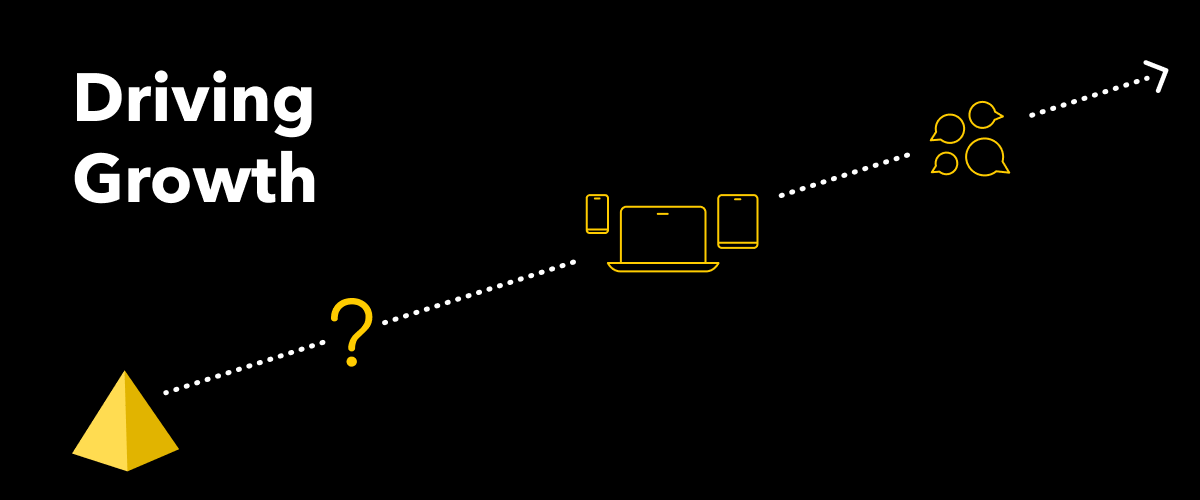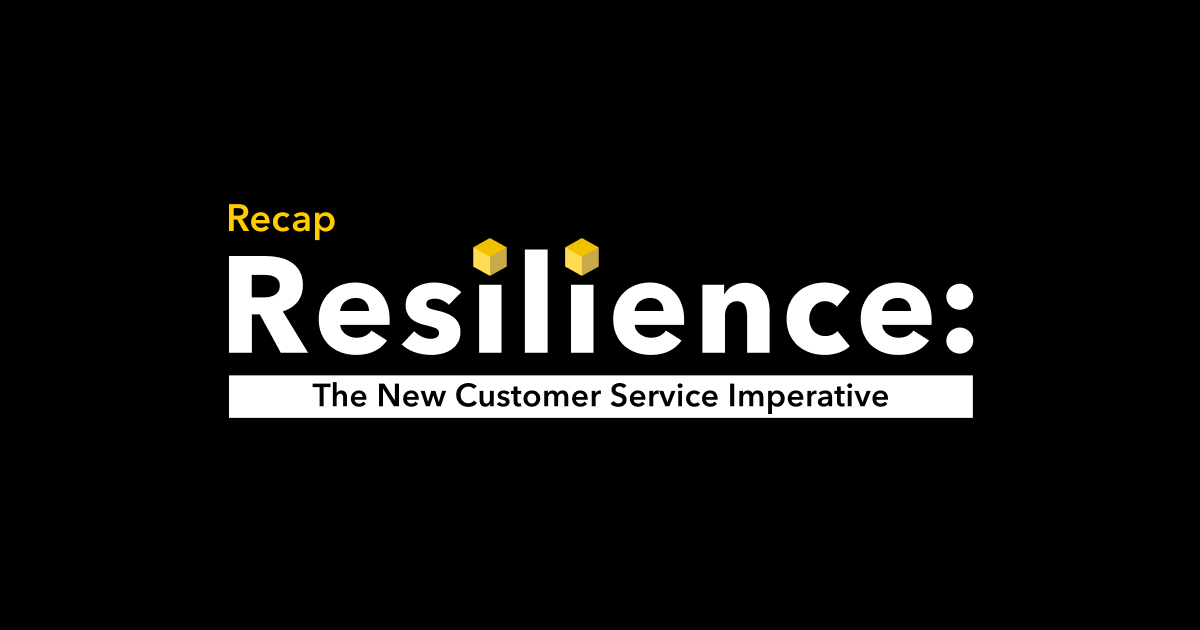In our last post, we explained how we help businesses define and execute an on-demand customer service proof-of-concept (POC). A carefully designed POC is a crucial first step toward helping our clients add long-term scalability and flexibility to their customer service organization.
While the POC lays the foundation, the most important priority is to align to our customers’ strategic initiatives and work to deliver significant business impact.
As we measure and learn, we optimize the program performance. And as we start to meet and exceed the metrics we defined with our clients before the POC, that’s when we look for growth opportunities that deliver additional ROI to build upon our partnership.
In this post, we’ll explain the specific metrics that inform our growth strategy and the areas we typically expand beyond the POC.
KPI and ROI: The metrics that fuel growth
The metrics that drive growth and expansion vary by client. Here are some of the common measurements we continuously monitor and optimize – many of which help our clients compare the performance of our on-demand expert network relative to internal call centers and BPOs.
Resolution rate: Resolution rate represents the percentage of cases that an agent (or group of agents) is able to close compared with the total number of customer inquiries that agent fields.
CSAT (and/or NPS): Customer satisfaction, or CSAT, is foundational for long-term success — and correlates to other important business growth metrics, including customer lifetime value and churn/retention rates. Companies use different tools to measure CSAT, from standardized approaches like Net Promoter Score (NPS) to custom surveys.
Response time: Response time varies based on channel. For example, across various asynchronous platforms, we measure how quickly our expert network responds to an inbound question, as compared with a company’s call center or BPO.
Repeat contacts: This number represents the number of times a customer contacts a company for the same issue. Lower, as you’d expect, is better.
Customer effort score: Some companies combine different metrics — such as time to first response, repeat contacts, and/or the number of channels a customer uses before resolution — to define the difficulty a customer has in getting the answer they need.
Deflection rate: In some cases, we design a POC specifically to take the burden off of a poor-performing channel. For example, for a global telecommunications company, we helped “deflect” inbound phone calls from an IVR system to digital channels.
Cost per resolution: This metric helps us quickly get a sense of ROI for the business. Within a specific channel, we calculate the total cost of our expert network services vs. the number of inquiries we solved. Clients often compare that cost per instance vs. internal call center or outsourced BPO.
Customer lifetime value: While customer lifetime value (CLV) is typically a long-term metric, we sometimes can correlate how improving resolution rates and customer satisfaction can immediately increase revenue. For example, if a cohort of customers gets helpful feedback about a service’s different subscription levels, they may be more likely to immediately upgrade.
Four common ways we expand our program
After our POC has been live for about a month — the key metrics have given us a pretty good understanding of how we might go about expanding our program. At that point, we’ll partner closely with our client stakeholders to expand the program in a variety of ways.
Supporting new and emerging issues
Every industry has different service needs and types of questions that customers ask. In a POC, we typically tackle only a small subset of customer questions and topics, along with the related intents. After we optimize performance in those areas, we’ll extend into additional or emerging topic areas.
For example, one of our clients is a travel and hospitality leader. In the early days of the pandemic, the company was flooded with customer service inquiries related to reservation and cancellation policies. We worked with the client to quickly extend our expert network to provide support for COVID-19 related inquiries — helping to resolve a backlog of more than 300,000 tickets and providing a cost-savings of more than $1M.
Adding new product lines or service areas
Many of our customers have diverse product lines. In those cases, we often start with one product line. In the case of one global technology company, our first project was limited to a professional communications service. After showing ROI, we’ve worked with our client to steadily increase coverage to several product lines. Now, our expert network resolves about 3 million cases per year for the company — with an impressive CSAT of more than 90%.
Expanding regional support
Our POCs typically start in a single region. And after we achieve some measure of ROI, we’ll expand to support other regions. To do so, we’ll recruit and vet new on-demand experts who have extensive product knowledge and proven fluency in the local language.
For example, early in 2020, as people were spending more time playing games due to the pandemic and regional stay-at-home orders, we’d already scaled up our expert network support for a global gaming company. Then our partner notified us that its call centers in Germany, France, and Italy were shuttered. Thousands more support inquiries were subsequently routed to our experts fluent in the local languages. At one point, more than 50% of the gaming giant’s global support issues were being handled by our platform.
Supporting new channels
At launch, our POC is typically focused on supporting a single channel. For example, we might plug into one of our client’s email support channels for the POC — then extend to a web form or real-time messaging channel.
For one genealogy leader, we implemented our POC within their real-time messaging platform. After optimizing performance on that platform, we then extended to email — and now support their virtual agent/chatbot with our AI-powered automation service.
Combined, our expert network now resolves 38% of all the company’s global tickets — while delivering a CSAT of 93% and an average response time of less than two minutes.
Crowd-powered support FTW
So, now you hopefully have a pretty good idea of how we work with our clients to extend beyond a POC, however, our metrics-driven approach to growth continues well beyond the POC. As we extend our on-demand support program to new products, channels, languages and regions, we’re constantly monitoring the performance of our platform and our expert network — and optimizing that performance to meet the client’s unique business needs and objectives.
Each subsequent phase of growth is handled similarly to the POC. We work with our partners to identify new opportunities. We extend our program. Then we measure, learn, and optimize to help CX leaders achieve the additional scale and flexibility they never had within the bounds of a traditional contact center.
Every great partnership is built on trust – for us, that’s something that’s earned through performance.
Why Directly?
Directly delivers world-class customer service for leading Fortune 500 brands. Captive and outsourced contact center models increasingly can’t keep up with customer service demands, while self-service is only effective at deflecting simple contacts. With Directly, we help you troubleshoot a wide range of technical issues using on-demand experts and best-in-class AI technology. Customers like Microsoft, Samsung, and Airbnb partner with Directly to reduce contact center volume up to 40%, boost CSAT up to 20%, and save millions per year. Contact us to set up a demo today.



